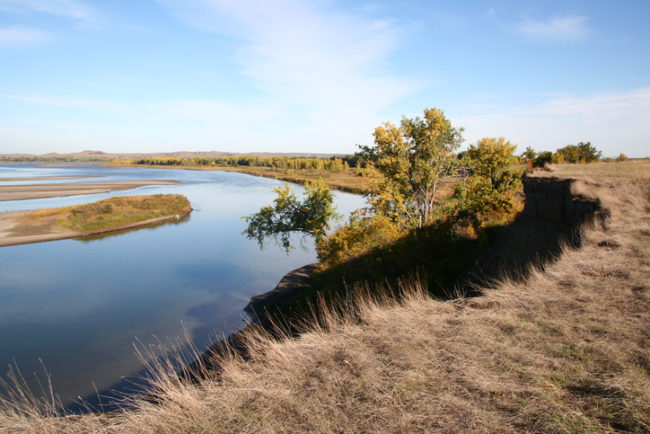In August 2017, decades long dispute involving the U.S. Department of the Interior, the Province of Manitoba, North Dakota, and Missouri, arising from a proposed water reclamation project was resolved in Government of the Province of Manitoba, et al. v. Zinke, et al., 2017 WL 3437658 (D.D. C. August 10, 2017). In 1987, the Bureau of Reclamation created the Northwest Area Water Supply Project (NAWS or Project) to respond to water problems in Northcentral and North Western North Dakota. The Project called for piping billions of gallons of water from the Missouri River Basin of Lake Sakakawea, past a divide, and into the Hudson River Bay Basin. Both water basins have different ecological characteristics.
Manitoba filed a lawsuit in 2002, claiming that the EPA’s April 2001 Finding of No Significant Impact violated the National Environmental Protection Act (NEPA). Manitoba claimed that this proposed water transfer would introduce alien invasive species (AIS) or foreign biota to the Hudson Bay River Basin. Manitoba claimed that foreign biota could impact indigenous biota causing “… environmental harm or harm to human health.” Manitoba maintains a strong interest in the potential for AIS because water drains north into the Hudson Bay Basin. The State of Missouri also joined in the action based on the potential impact from the loss of water on the Missouri River. In 2005, the court issued an injunction staying any work on the Project.
In 2015, Reclamation filed a Supplemental Environmental Impact Statement (SEIS). With the SEIS, the court found that Reclamation has finally submitted an Environmental Impact Statement (EIS) that is “…through and studious.” The EIS outlines the policy choice between the potential of AIS entering Manitoba as water drains from North Dakota or providing sufficient water supply to the communities in North Dakota. The EIS set forth five alternatives to mitigate the risk of potential environmental harm. These alternatives included various types of water treatment, water blending, and/or the use of UV.
Manitoba claimed that the EIS was not sufficient while Reclamation (and North Dakota) claimed that the EIS and other submissions were sufficient and that the case should be dismissed. The court found that the “NEPA requires government agencies to take a ‘hard look’ at the environmental impact of proposed actions before deciding whether to proceed.” The court then conducts a review of the EIS to determine if the agency took a “hard look.”
In this case, the court held that Reclamation did not violate the NEPA by finding that Manitoba’s “argument … arises from a scientific disagreement as to the nature and impact of climate change … not from a failure of Reclamation to consider and address the issue. “ The court also found that Reclamation’s submissions included a “discussion of steps that can be taken to mitigate adverse environmental consequences,” and “adequately considered the risk of the transfer of AIS as a result of the project.” The court held that “[i]n a NEPA challenge, ‘[t]he role of the courts is simply to ensure that the agency has adequately considered and disclosed the environmental impact of its actions and that its decision is not arbitrary or capricious.’ ” The court also dismissed the claims by Missouri based on lack of standing. While this ended a decades long dispute, ultimately the dispute was considered a disagreement over science and the court limited its review of the global warming issue to whether the agency took a “hard look.”

